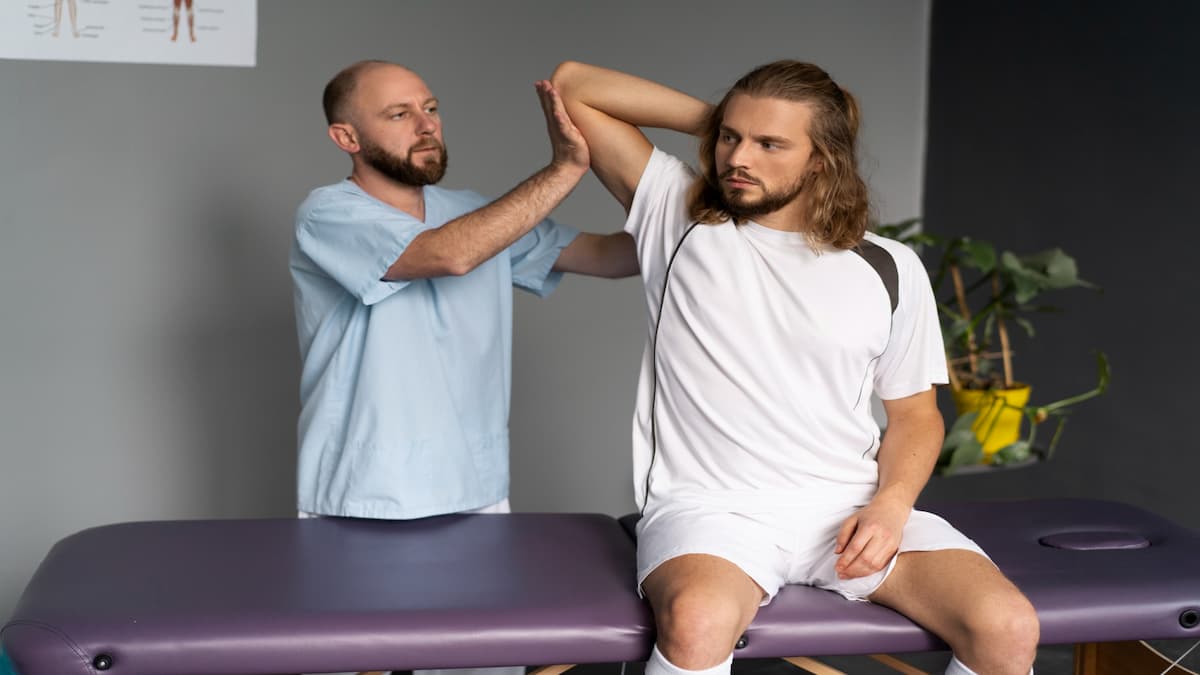Introduction
People of all ages deal with the regular problem of muscle aches. Physical strain, bad posture, stress, or underlying medical conditions are just a few of the possible sources. Emphasizing the connection of muscles, bones, and joints, osteopathy—a holistic approach to health—focuses on the structure and function of the body. Using particular osteopathic exercises helps people to treat and reduce muscle aches and support general well-being efficiently.
Osteopathy is based on the idea that the body is one cohesive unit with its elements working in concert. Osteopathic practitioners hold that imbalances or restrictions in this system cause muscle aches most of the time. Osteopathy seeks to balance, increase mobility, and strengthen the body’s natural healing mechanisms by means of focused manual techniques and exercises. Osteopath Dover prescribed exercises are meant to increase circulation, lower inflammation, and support musculoskeletal health.
Effective Osteopathic Exercises for Muscle Ache Relief
1. Stretching to Enhance Flexibility
Osteopathic treatment revolves around stretching. It lowers muscle tension, increases range of motion, and guards against stiffness. Warm-up the muscles with dynamic stretches like arm circles or leg swings. Post-exercise recovery is better suited for static stretches—such as those for the hamstrings or calves. Frequent stretches aiming at key muscle groups help to reduce pain and improve flexibility.
Example Exercise: Cat-Cow Stretch
This mild yoga-inspired exercise releases neck and back discomfort and increases spinal mobility. Start on all fours, wrists under shoulders and knees under hips. Inhale Cow Pose by arching your back and raising your head and tailbone. Exhale Cat Pose, rounding your back and tucking your chin. Ten to fifteen times in total
2. Strengthening Exercises
By strengthening weak muscles, overused areas will be less stressed. Especially core-strengthening exercises are especially important for supporting the spine and correcting posture. To keep general balance and stability, concentrate on workouts involving several muscle groups.
Example Exercise: Bird-Dog
This drill works the core, glues, and lower back. Start on all fours, then, keeping your back straight, extend one arm and the opposite leg. Hold briefly then go back to the beginning. Alternately sides and do 8–10 repetitions.
3. Foam Rolling for Myofascial Release
A self-myofascial release method, foam rolling releases tight muscles and increases blood flow. Applying pressure to hurting places with a foam roller helps people release muscle knots and reduce pain. Muscle recovery following intense exercise benefits especially from this approach.
Example Technique: Rolling the Quadriceps
Lean on the floor with a foam roller under your thighs. Reverse and gently roll back and forth stopping on any sensitive areas. For each leg, continue 30 to 60 seconds.
4. Gentle Mobilization Exercises
Exercises in osteopathic mobilization are meant to restore joint movement and ease stiffness. Those with aches from joint immobility or arthritis will especially benefit from these exercises.
Example Exercise: Spinal Twist
Sit on the floor with your extended legs. With one knee bent, cross it over the other leg, placing your foot flat on the ground. With support from your opposite elbow, twist your torso toward the bent knee. Spend 20 to 30 seconds in this posture then flip sides.
5. Breathing Exercises for Relaxation
Muscle tension results in great stress. Through increased oxygen flow to tissues, deep breathing exercises help muscles recover, lower stress, and encourage relaxation.
Example Technique: Diaphragmatic Breathing
Lie back with one hand on your abdomen and the other on your chest. Deeply inhale through your nose, raising your abdomen and keeping your chest still. Breathe slowly out your mouth. Spend five to ten minutes every day repeating.
Tips for Incorporating Osteopathic Exercises into Daily Life
- Consistency is essential if one wants to maximize the advantages of osteopathic treatments. These ideas might help you include them into your daily schedule:
- Before exercise, always warm your muscles; then, cool down to help avoid stiffness and ease soreness.
- Steer clear of overextending yourself. If an exercise causes discomfort, stop right away and see an osteopath or other medical practitioner.
- Good hydration helps muscles to function and heal.
- Throughout the day, be aware of your posture to help your muscles not be unnecessarily strained.
Conclusion
Using targeted exercises, osteopathy provides a non-invasive, all-encompassing method for relieving muscle tension. Incorporating stretching, strengthening, myofascial release, mobilization, relaxation techniques, helps people reduce pain and improve their general quality of life. Together with a good lifestyle, regular practice of these exercises guarantees long-term relief and better musculoskeletal condition.
Visit Daily News for more informative blogs






